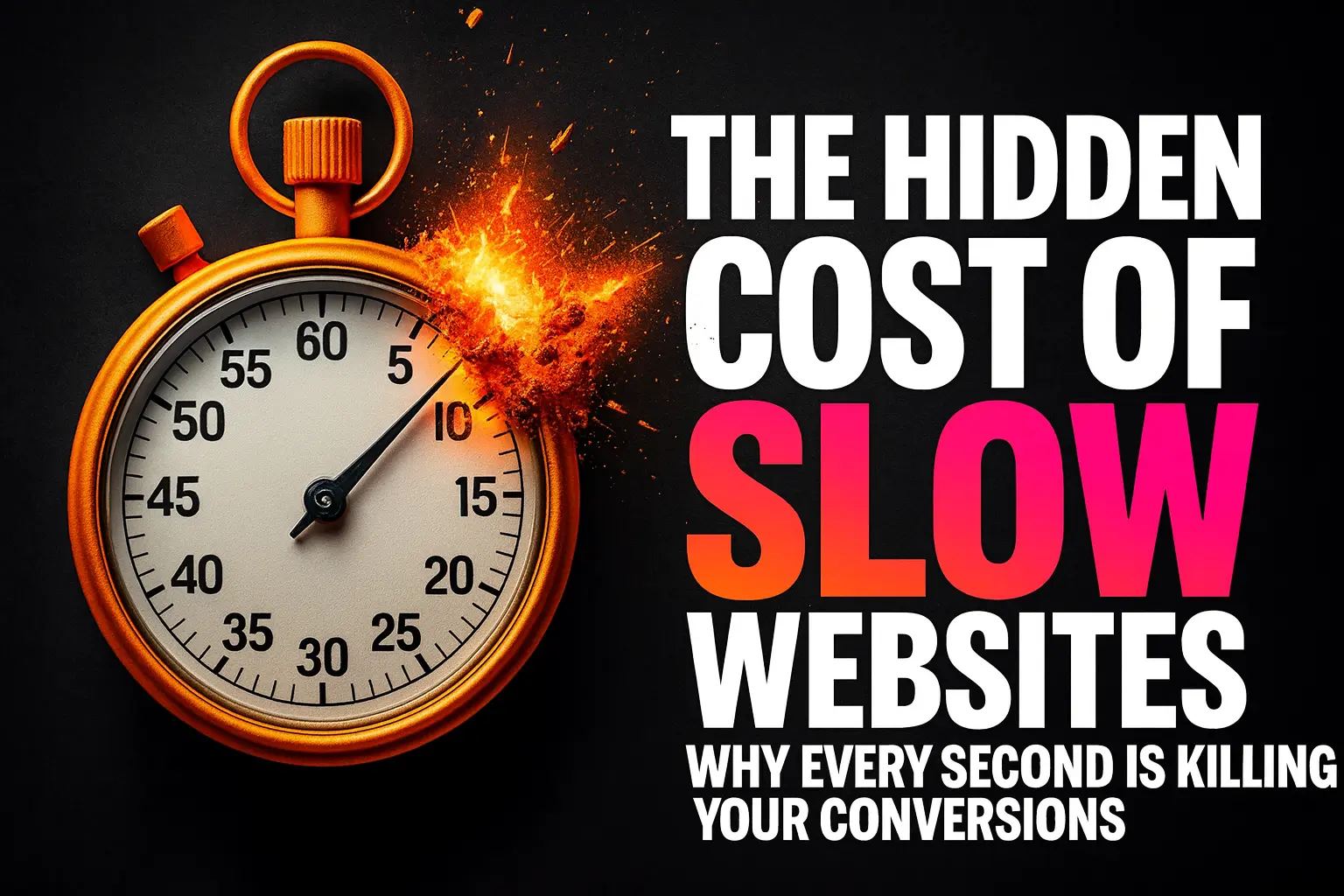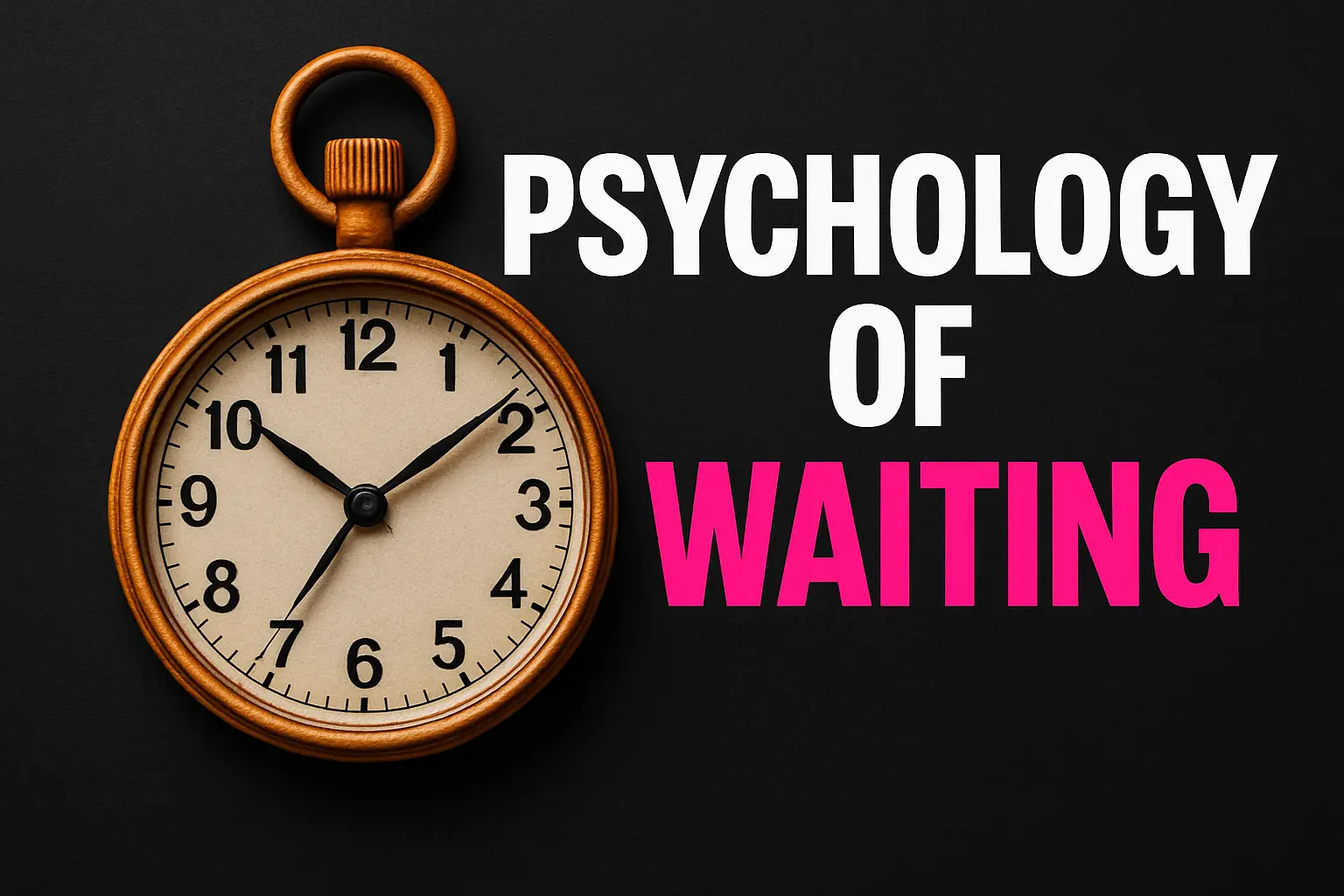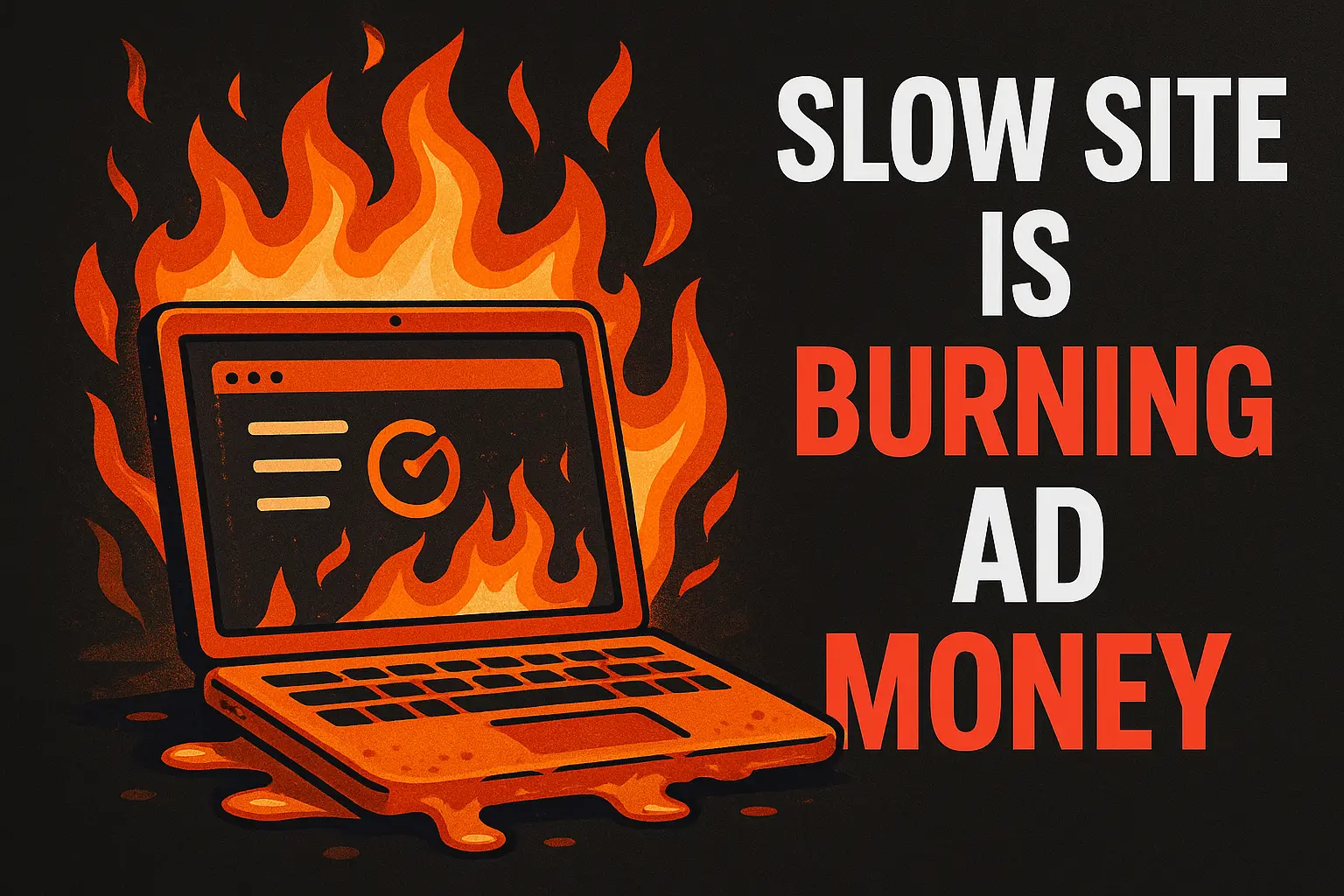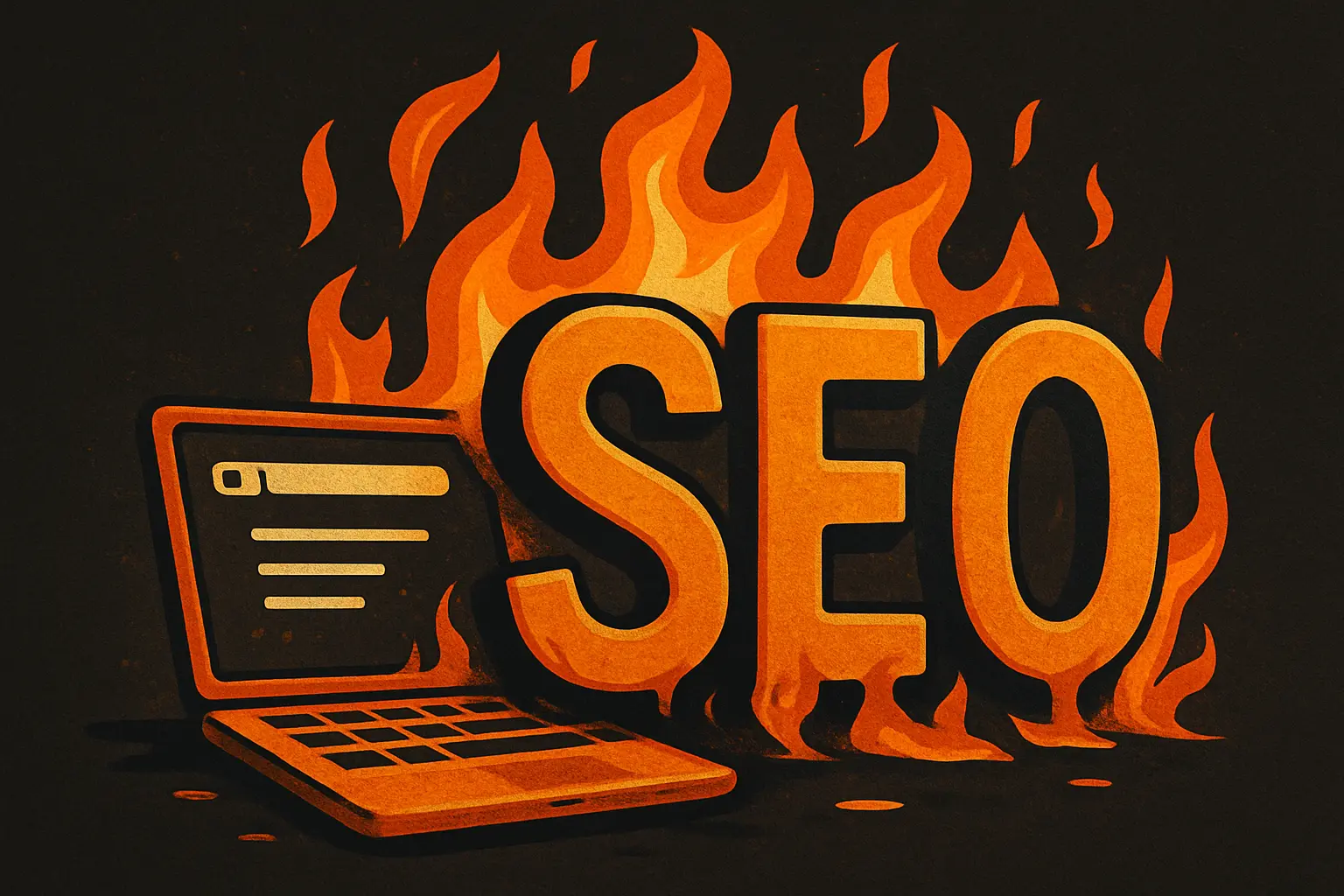

You know that awkward moment when you click a link, the page starts loading, and… nothing?
You wait. You squint. You wonder if your Wi-Fi died.
Then you do what every human with a phone and options does: you leave.
If your website is slow, it’s not just an “IT issue.” It’s a silent revenue leak — one refresh icon at a time.
Let’s break down exactly how speed is stealing your sales, and how to stop it before your competitors send you a thank-you card.
Google’s data is brutal: 53% of mobile users bounce if a page takes longer than 3 seconds to load.
Three seconds. That’s less time than it takes to open TikTok.
Why it matters: Every second after that isn’t just lost attention — it’s lost trust.
People subconsciously link speed with competence. Slow site? Must be a sloppy company.
Fix this:

Humans hate uncertainty. When a page lags, we start filling in the blanks:
Even if your site loads in 4 seconds, if it feels like forever, you’ve already lost them.
DMA tip: Use perceived speed tricks — load above-the-fold content instantly, keep animations snappy, and let visitors see progress.

If you’re running ads, a slow site isn’t just wasting organic traffic — it’s wasting paid clicks.
Picture this: You spend $3.50 to get a visitor, but your site takes 6 seconds to load, and 40% bounce before seeing your offer. That’s not marketing — that’s financial self-sabotage.

Google doesn’t care how beautiful your site is if it loads like a 2003 dial-up blog.
Core Web Vitals are a ranking factor, and slow sites drop down the search ladder — meaning fewer clicks, fewer conversions, and more opportunities for your competitors to eat your lunch.
Let’s do the math:
That’s an extra $15,000 a month — just for shaving off seconds.
When we optimize client websites, we:
Speed isn’t a “technical upgrade.” It’s a profit lever.
Every extra second your site takes to load is another lead lost, another cart abandoned, another competitor gaining ground.
Your website doesn’t need to be the Flash. But it can’t be a sloth either.